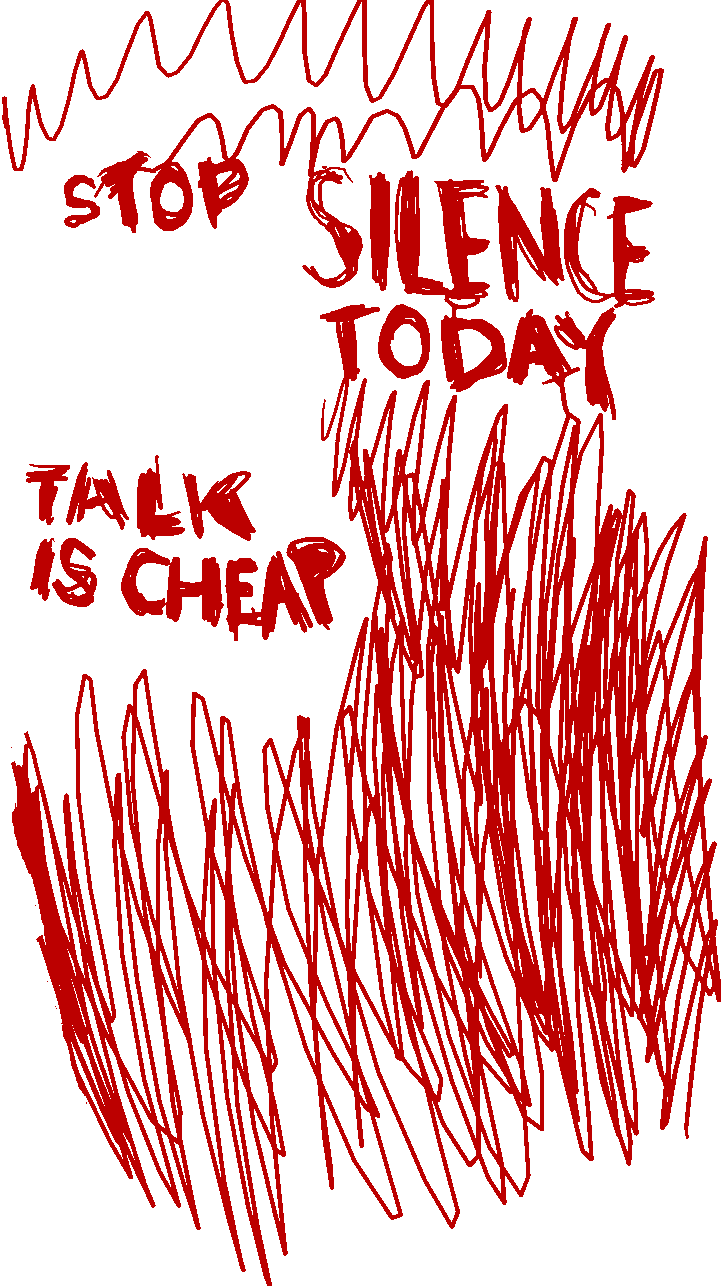Editor’s Note: Call to Earth is a CNN editorial series committed to reporting on the environmental challenges facing our planet, together with the solutions. Rolex’s Perpetual Planet Initiative has partnered with CNN to drive awareness and education around key sustainability issues and to inspire positive action.
20,000 years ago, stone-age humans engraved depictions of wild horses onto cave walls. Over the millennia that followed, the horses were driven to the brink of extinction by hunting, interbreeding, and environmental change.
Today, only one species of wild horse remains. Known as the Przewalski’s horse, the short, stocky, zebra-like animal once roamed throughout Europe and Asia.
But by the 20th century, the horses, named after Nikolai Przewalski, a Russian explorer who brought a skull of the horse to Russia from Central Asia in 1878, were facing extinction. According to Prague Zoo, which is heavily involved in conservation efforts, the species reached its lowest point in 1945, with only 31 remaining in captivity. In 1969, a Mongolian scientist made what some thought would be the last ever sighting of a Przewalski’s horse in the wild.
However, over the past 40 years, the breeding of captive populations and reintroductions in Europe and Asia have brought the Przewalski’s horse back from the brink. Conservation efforts – the latest of which returned the horses to Kazakhstan in June this year – have involved international collaboration, transfer by military aircraft, and even letting them loose in the Chernobyl exclusion zone. Now, according to Prague Zoo, there are about 3,000 living today, with approximately 1,000 regulated in the wild and around 180 fully wild.












